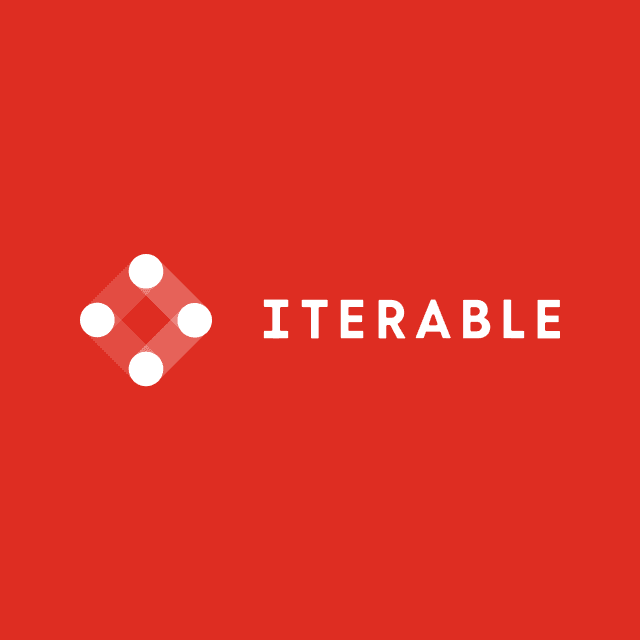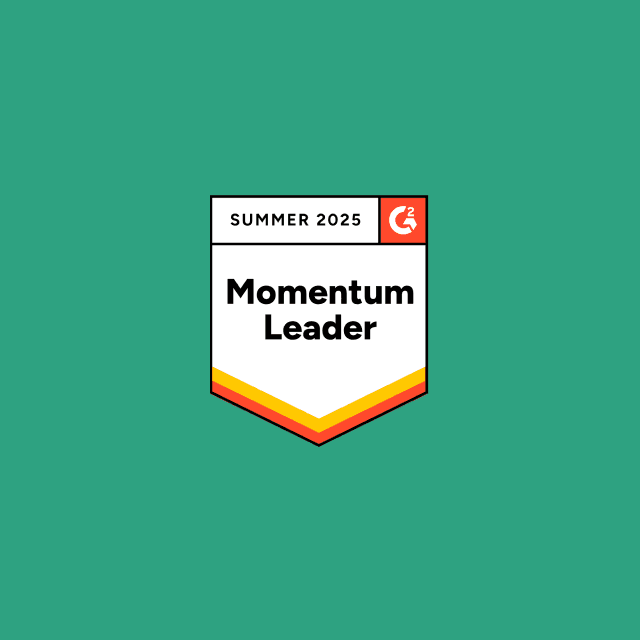Hightouch and Adobe RT-CDP both are tools that allow you to sync data to downstream marketing destinations like CRM tools, email tools, and advertising platforms. Both platforms have the functionality to collect events via an SDK, resolve identities, and sync data to downstream tools.
However, the devil is in the details. The architecture of each are vastly different. Adobe RT-CDP is a “traditional CDP” while Hightouch is a warehouse-centric, “Composable CDP”.


This architectural difference leads to massive differences in cost, implementation time, and usability despite the fact both platforms allow you to achieve similar functionality at a high-level.
Compare Hightouch and Adobe RT-CDP
| Functionality | Hightouch | Adobe RT-CDP |
|---|---|---|
| Data Collection | Client-side, server-side, & other 3rd-party sources | Client-side, server-side, & other 3rd-party sources |
| Data Storage | Your existing data infrastructure (data warehouse, data lake, or database) | Adobe's managed infrastructure |
| Data Retention | Unlimited lookback & history | Variable |
| Data Schema | Controlled by you (supports any custom entity or object) | Requires mapping to Adobe's XDM standard which does not support key data models you are likely using in your warehouse today |
| Audience Management | No-code audience builder (supports any online or offline data stored in your data warehouse) | No-code audience builder (provides limited cloud data warehouse attributes through Federated Audience Composition) |
| Journey Orchestration | Yes | Yes (add-on product) |
| Identity Resolution | No-code tool to define exact or fuzzy-match rules to build owned identity graphs within your data warehouse | Deterministic IDR managed in Adobe's infrastructure |
| Identity Graph Storage Location | Lives in your warehouse | Owned by Adobe |
| Reverse ETL | Core sync engine that integrates with existing toolsets & workflows | NA |
| Real-Time Audience Computation | Yes | Yes (some limits on the number of edge/streaming segments) |
| Real-Time Streaming (Event Forwarding) | Yes | Yes |
| Low-Latency Profile API | Yes | Yes |
| Streaming Reverse ETL | Yes | No |
| Data Activation Flow | Warehouse to destination (no data is stored in Hightouch) | Adobe CDP to destination |
| Activation Destinations | 250+ | ~70 destinations (excluding extensions) and many destinations limited to updating a single object |
| Source of Truth | Single: Your owned data warehouse | Multiple: Adobe & your owned data warehouse |
| Security & Compliance | Data lives in your infrastructure (can be configured to be GDPR, CCPA, & HIPAA compliant) | Requires duplication of data in Adobe infrastructure adding additional GDPR, CCPA, & HIPAA risk |
| Pricing | Unbundled: individually priced features with no MTU billing | Bundled pricing: dependent on monthly tracked users (MTUs) & feature add-ons |
| Proof of Concept (POC) | Less than 1 month | 4-6+ months |
Pros and Cons of Hightouch
Pros
Most powerful point & click audience builder (supports any offline & online customer data)
Warehouse-native campaign analytics to experiment, measure & analyze audiences
Publicly available customer support metrics (99% CSAT Score)
Cons
Must have actionable data available in a data platform
Pros and Cons of Adobe RT-CDP
Pros
Strong integrations with other Adobe products
Flexible SDKs
Cons
Very expensive (lots of add-on products required)
Limited integration support for external tools & systems
Long implementation time & difficult setup process
Data is stored outside of your cloud infrastructure
Should I Buy Hightouch or Adobe RT-CDP?
When deciding whether to invest in a Hightouch (a Composable CDP) or Adobe RT-CDP (a Traditional CDP), it's important to consider the unique needs of your business. Although a packaged Traditional CDP might appear simpler, Composable CDPs are more flexible and scalable.
The main areas Hightouch wins against Adobe RT-CDP are:
- Implementation Time: With Hightouch you are live at the time of contract signature. With Adobe RT-CDP, there is typically a 6-12 month implementation process after contract signature
- Flexibility: With Hightouch, you can use any data in your data warehouse vs Adobe RT-CDP where you can only use data that has been collected into your CDP
- Source of Truth: With Hightouch, your retain a single source of truth in your cloud data warehouse.
While Adobe RT-CDP can be a decent option for companies looking to implement a more legacy solution, most data-focused companies are now adopting Composable CDPs, such as Hightouch, because they offer greater flexibility, security, time-to-value, and interoperability at a far lower cost. If you’re interested in learning more about the Composable CDP, book a demo with one of our solution architects today to see how we can help.












